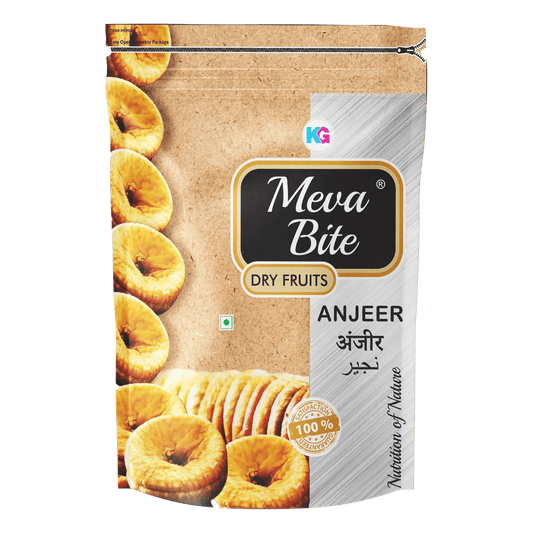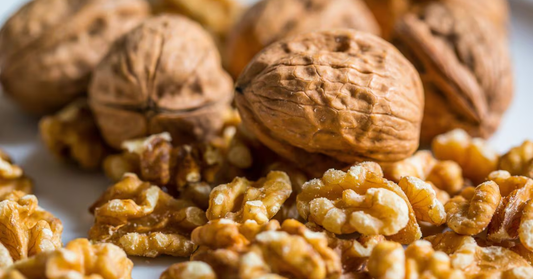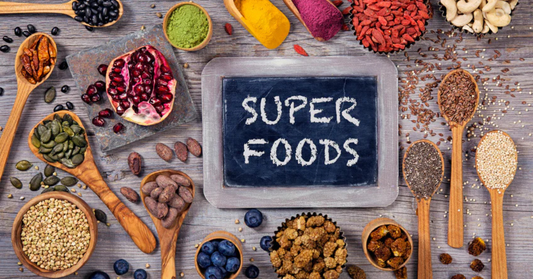What’s the difference between soaked and dry pumpkin seeds — does soaking really improve nutrition or digestion?
Short Answer: Soaking pumpkin seeds may reduce phytic acid, slightly improve mineral absorption, and make them easier to digest, especially for sensitive stomachs.
Long Answer:
- Phytic Acid Reduction: Soaking helps break down phytic acid, a compound that can inhibit the absorption of minerals like zinc and magnesium.
- Improved Digestibility: Soaked seeds are softer and gentler on the stomach, making them ideal for people with digestive sensitivities.
- Enzyme Activation: Soaking may activate enzymes that support better nutrient breakdown and absorption.
- Minor Nutritional Gains: While the improvements are modest, soaking can slightly enhance bioavailability of nutrients.
-
Texture Trade-off: Soaked seeds lose their crunch unless roasted after drying.

Which version is better for weight loss, heart health, or immunity — soaked or dry pumpkin seeds?
Short Answer: Dry seeds are better for satiety and snacking, while soaked seeds may support nutrient absorption and gut health. Choose based on your health goal.
Long Answer:
- Weight Loss: Dry roasted pumpkin seeds are crunchy, satisfying, and rich in protein and fibre, helping reduce hunger pangs.
- Heart Health: Both versions contain heart-healthy fats, but soaked seeds may offer better magnesium absorption, which supports blood pressure regulation.
- Immunity: Zinc is crucial for immune function. Soaking may enhance zinc bioavailability, giving soaked seeds a slight edge for immunity.
- Convenience: Dry seeds are ready-to-eat and portable, making them ideal for on-the-go snacking.
- Customisation: Soaked seeds can be seasoned and roasted for added flavour and health benefits.
How do I soak pumpkin seeds properly — and how long should I soak them before eating or roasting?
Short Answer: Soak pumpkin seeds in warm, salted water for 6–8 hours. Rinse thoroughly and dry before eating or roasting.
Long Answer:
- Step 1: Rinse raw pumpkin seeds to remove any debris or pulp.
- Step 2: Place seeds in a bowl with warm water and ½ tsp salt per cup of seeds.
- Step 3: Soak for 6–8 hours or overnight at room temperature.
- Step 4: Drain and rinse the seeds thoroughly.
- Step 5: Pat dry with a clean towel or air-dry before roasting or refrigerating.
- Storage Tip: Store soaked seeds in an airtight container in the fridge for up to 3 days.
Can I roast soaked pumpkin seeds — will they still be crunchy and tasty?
Short Answer: Yes, soaked pumpkin seeds can be roasted to restore crunch and enhance flavour. Dry them thoroughly before roasting.
Long Answer:
- Drying First: After soaking, ensure seeds are completely dry to avoid steaming during roasting.
- Roasting Method: Preheat oven to 160°C (320°F). Spread seeds on a baking tray and roast for 15–20 minutes, stirring halfway.
- Seasoning: Toss with olive oil, salt, turmeric, or chilli powder before roasting for added flavour and health benefits.
- Texture: Properly roasted soaked seeds regain their crunch and are easier to digest than raw dry seeds.
-
Storage: Store roasted seeds in an airtight jar for up to 2 weeks.

Are dry pumpkin seeds safe to eat daily — or should I switch to soaked for better health?
Short Answer: Yes, dry pumpkin seeds are safe for daily consumption in moderation. Alternating with soaked seeds may offer digestive and nutritional variety.
Long Answer:
- Daily Intake: A handful (about 28g) of dry pumpkin seeds per day is generally safe and nutritious.
- Digestive Comfort: If you experience bloating or discomfort, try switching to soaked seeds.
- Nutrient Balance: Soaked seeds may improve mineral absorption, while dry seeds offer convenience and crunch.
- Balanced Approach: Alternate between soaked and dry seeds to enjoy the best of both worlds.
- Hydration Tip: Drink water with dry seeds to aid digestion.
Pumpkin Seeds Nutrition Comparison: Soaked vs Dry
| Nutrient (per 28g) | Dry Pumpkin Seeds | Soaked Pumpkin Seeds |
|---|---|---|
| Calories | 151 | 135 (approx.) |
| Protein | 7g | 6g |
| Fat | 13g | 11g |
| Magnesium | 37% RDI | Higher absorption |
| Zinc | 14% RDI | Higher absorption |
| Fibre | 1.7g | 1.5g |
Note: Nutrient values may vary slightly depending on preparation and brand.
Conclusion
In the debate of soaked vs dry pumpkin seeds, the best choice depends on your health goals and preferences. Soaked seeds may offer improved digestion and mineral absorption, making them ideal for gut health and immunity. Dry seeds, on the other hand, are convenient, crunchy, and great for satiety and snacking. For optimal benefits, consider alternating between both forms, soaked for nutrient bioavailability and dry for texture and ease, ensuring you enjoy the full spectrum of pumpkin seeds’ nutritional power.






